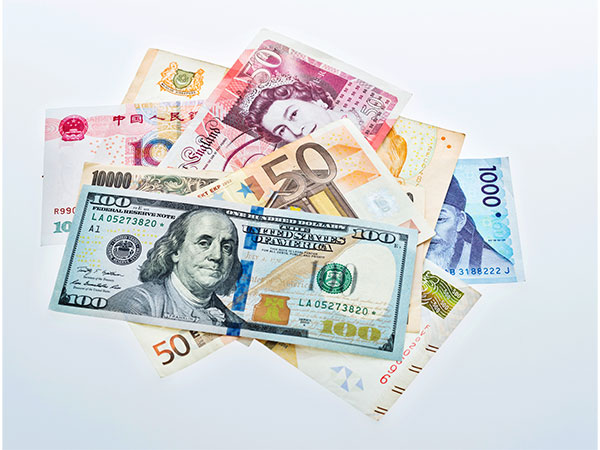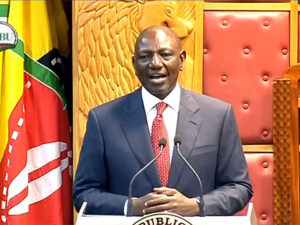
New Delhi [India], April 26 (ANI): India’s foreign exchange reserves declined for the second week, after having risen for the seventh straight week to hit an all-time high of USD 648.562 billion.
As per the latest data released by the Reserve Bank of India (RBI), the country’s foreign exchange kitty declined by USD 2.828 billion to USD 640.334 billion in the April 19 week.
India’s foreign currency assets (FCA), the biggest component of the forex reserves, declined by USD 3.793 billion to USD 560.860 billion, the central bank’s weekly statistical data showed.
Gold reserves during the week rose by USD 1.010 billion to USD 56.808 billion.
India’s foreign exchange reserves which have reached an all-time high are sufficient to cover 11 months of projected imports, according to the Monthly Economic Review report of the Department of Economic Affairs under the Ministry of Finance, released this week.
In the calendar year 2023, the RBI added about USD 58 billion to its foreign exchange kitty. In 2022, India’s forex kitty slumped by USD 71 billion cumulatively. Foreign exchange reserves have risen about USD 20 billion, on a cumulative basis, in 2024 so far.
Forex reserves, or foreign exchange reserves (FX reserves), are assets that are held by a nation’s central bank or monetary authority. It is generally held in reserve currencies, usually the US Dollar and, to a lesser degree, the Euro, Japanese Yen, and Pound Sterling.
The country’s foreign exchange reserves last touched their all-time high in October 2021. Much of the decline after that can be attributed to a rise in the cost of imported goods in 2022.
Also, the relative fall in forex reserves could be linked to the RBI‘s intervention, from time to time, in the market to defend the uneven depreciation in the rupee against a surging US dollar.
Typically, the RBI, from time to time, intervenes in the market through liquidity management, including through the sale of dollars, to prevent a steep depreciation in the rupee.
The RBI closely monitors the foreign exchange markets and intervenes only to maintain orderly market conditions by containing excessive volatility in the exchange rate, without reference to any pre-determined target level or band. (ANI)


















